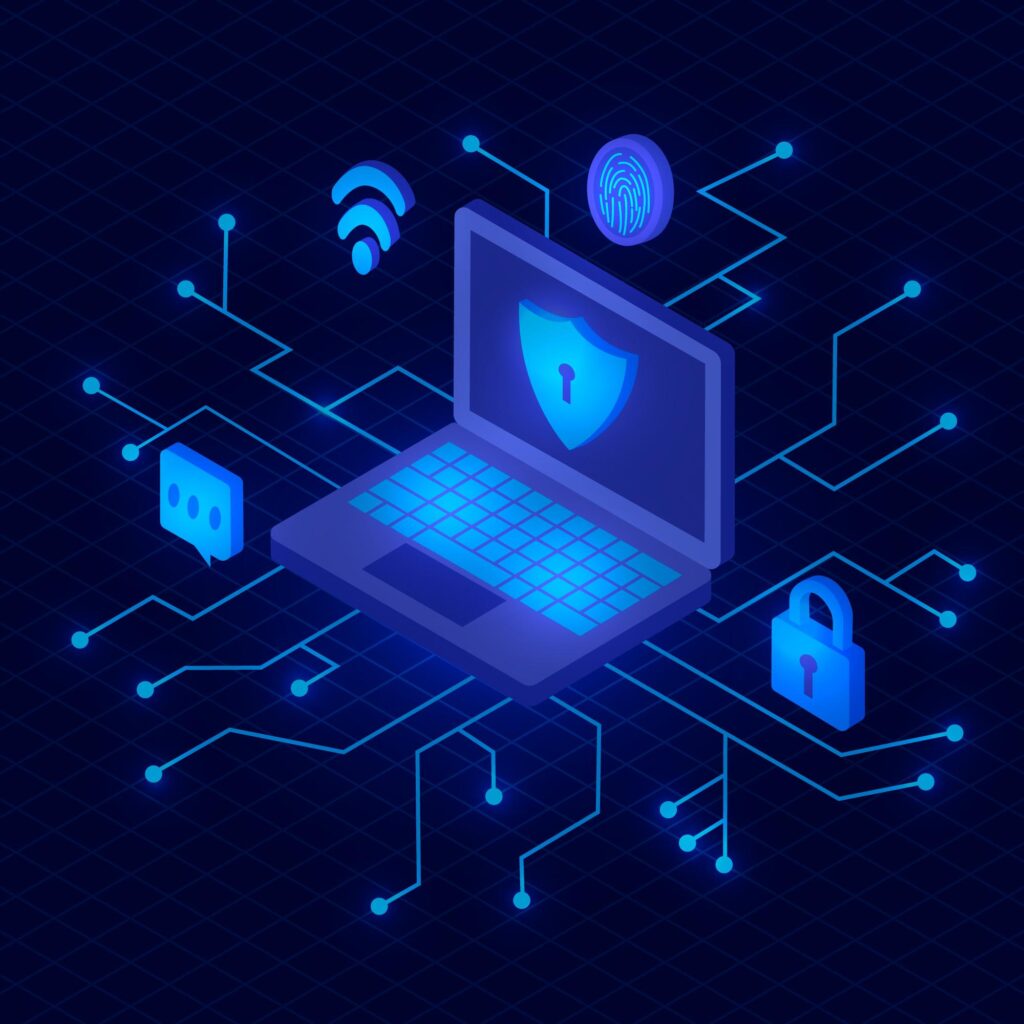
In the dynamic landscape of blockchain technology, security remains a paramount concern, especially as we delve into 2023. As the capabilities of blockchain continue to evolve, so do the threats and challenges associated with its implementation. This article explores the latest advances and challenges in blockchain security, with a focus on the critical aspect of blockchain app development.
1. Evolution of Blockchain Security
Blockchain’s decentralized nature provides a robust foundation for security. However, advancements in technology bring new possibilities and, inevitably, new security considerations. In 2023, the evolution of blockchain security is marked by innovative cryptographic techniques, consensus algorithms, and governance models. Developers are continually refining protocols to ensure the integrity and confidentiality of data.
2. Enhanced Consensus Mechanisms
Consensus mechanisms lie at the core of blockchain security, and their enhancement is crucial for maintaining a trustworthy network. In 2023, we witness the rise of novel consensus algorithms, such as Proof-of-Stake (PoS) and Delegated Proof-of-Stake (DPoS), offering improved scalability and energy efficiency compared to traditional Proof-of-Work (PoW) systems. These advancements contribute to a more secure and sustainable blockchain environment.
3. Smart Contract Security
As blockchain app development gains momentum, smart contracts play a pivotal role. However, they also introduce a unique set of security challenges. In 2023, the focus is on improving smart contract auditing processes and developing tools that can identify vulnerabilities. Secure coding practices and formal verification techniques are becoming standard in blockchain development, ensuring the reliability and safety of smart contracts.
4. Interoperability and Integration Challenges
The interoperability of different blockchain networks is a burgeoning concern. As enterprises increasingly adopt blockchain technology, the need for seamless integration between various platforms becomes apparent. Developers are working on standardized protocols and frameworks to enable secure communication and data exchange between disparate blockchain networks, addressing the challenge of interoperability in the evolving blockchain ecosystem.
5. Quantum Computing Threats
While quantum computing holds promise for solving complex problems, it also poses a potential threat to traditional cryptographic algorithms. In 2023, the blockchain community is proactively exploring quantum-resistant cryptographic solutions to safeguard data against the future advent of quantum computers. This forward-looking approach is vital to ensuring the long-term security of blockchain networks.
6. Regulatory Compliance
As blockchain technology becomes more mainstream, regulatory frameworks are catching up. Compliance with regulatory requirements is a growing concern for blockchain app developers. Striking a balance between decentralization and compliance is a delicate task, necessitating innovative solutions and transparent governance models to address the legal and regulatory challenges associated with blockchain applications.
7. Decentralized Identity and Privacy
Decentralized identity solutions are gaining traction, offering users greater control over their personal information. However, ensuring the privacy and security of decentralized identities is a complex undertaking. Blockchain developers are exploring advanced cryptographic techniques and zero-knowledge proofs to enhance privacy while maintaining the integrity of identity-related data.
8. The Role of Artificial Intelligence
The integration of artificial intelligence (AI) into blockchain security measures is a notable trend in 2023. AI-powered threat detection and response systems enhance the ability to identify and mitigate security risks in real-time. Machine learning algorithms can analyze patterns and anomalies, providing an additional layer of defense against cyber threats in the blockchain space.
Conclusion
In the ever-evolving landscape of blockchain security, 2023 brings both new advances and challenges. Blockchain app development, at the forefront of this evolution, must navigate the complexities of enhanced consensus mechanisms, smart contract security, and the ongoing quest for interoperability. As the blockchain community continues to innovate, it is essential to address quantum computing threats, embrace regulatory compliance, and prioritize decentralized identity and privacy. By leveraging the synergy of blockchain and artificial intelligence, developers can fortify the security of blockchain networks, paving the way for a more resilient and secure future in the decentralized realm.